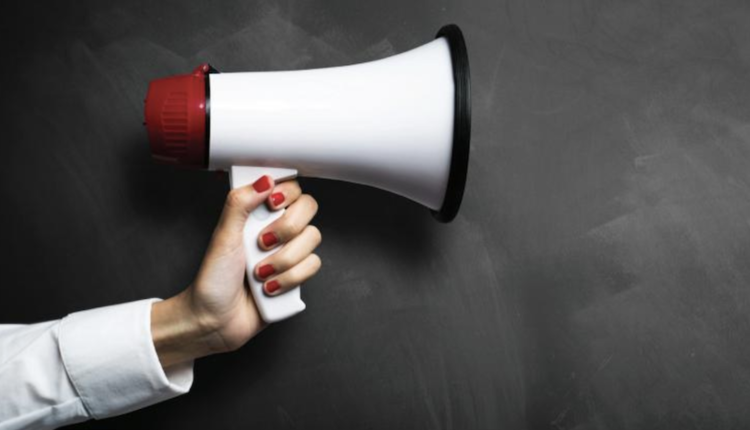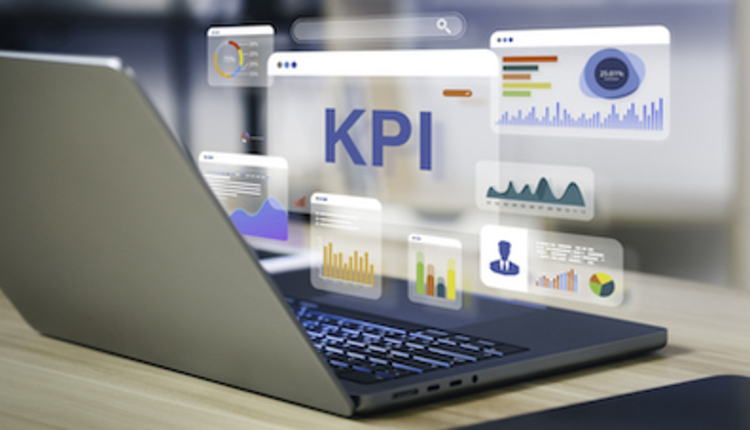If you want to be perceived as an expert and drive in new customers, nothing has greater impact than delivering a solid, memorable message to a live, qualified audience. Successful seminar leaders know that their presentations will have greater impact when they speak with confidence, make a solid connection with their audience and pack their content with practical, easy-to-remember and useful information. In my experience, health and fitness are of interest to almost everyone, so our topic is already a winner. So where do you begin in creating a seminar that will deliver a fitness message while marketing your services or products? Some questions that may come to mind:
It All Starts With You
To be an effective seminar leader, you must truly master your topic. I started professionally teaching seminars as an ACE Exam Preparation Provider, and I quickly discovered that becoming an effective teacher begins when you are still a student. As I continue to enrich my professional education, I aim to learn each new topic with the mindset that I am also preparing myself to eventually teach it to others. Another important quality of a good public speaker is the ability to talk comfortably about yourself and what you do. Develop a reservoir of stories from your own experiences related to your topic but keep them short and relevant.
Developing Content
Start by choosing a topic you are passionate about. This will bolster your confidence. Write down everything your listeners need to know about the subject. Don't bog yourself down by analyzing or editing your ideas at this point. You can organize the content later, once you determine what is essential.
Do your homework. Review published research or interviews with experts to enrich the content of your presentation. Your audience will enjoy hearing interesting facts that are useful but not common knowledge. Next, organize the material into manageable sections, making sure there's a logical flow. Think of the content as building blocks that must fit together to build a cohesive seminar.
Practice, Practice, Practice
To get used to speaking in front of an audience, try this experiment. Talk into an audio recorder, or better yet in front of a video camera for 10 minutes about a favorite childhood memory. Then record 10 minutes of your fitness presentation. Play both and notice the differences in your voice, facial expression, gestures and body language. If you were in the audience watching these two presentations, which one would be more interesting? Which one seemed more natural? What could make either presentation better?
You may feel silly at first, but begin by looking in the mirror while talking about your topic. Smile often, and don't be afraid to use your facial expressions to help get your point across. Now you're ready to practice in front of a live audience consisting of someone who cares enough to give honest feedback.
Preparing
Still breathing? Now you're ready to schedule your first small group. Give yourself a deadline for your first talk to kick your preparation process into high gear. If one of your goals is to use the seminar to build your business, start thinking about how many new connections you want to make and how to go about it. For example, you might want to devise an excuse to collect business cards (like offering to send audience members a special report or chart from your slide show). Or, you can ask the event coordinator for contact information on all enrollees. Even if you hand out your own business cards, don't rely on someone else to contact you.
A prepared handout is a sign of a well-organized presentation. Handouts also give attendees a convenient place to write notes about important points. And even if attendees are not ready to make a purchase or commitment that day, they will likely keep your handouts for. Each handout should have your contact information printed on the cover page and at the bottom of each subsequent page. Material that isn't relevant to the presentation, or that appears to be purely promotional, will be thrown away.
Tailor your presentation to your audience. Ask the seminar coordinator about the demographics of the audience and the exact nature of the meeting or event. If possible, survey the attendees ahead of time to find out their topics of interest. Gathering information can help focus the presentation.
It's important to know how the presentation will be marketed. Ask whether it's being coordinated through a group like the Newcomers Association or a corporation. Offer to provide a description or outline of your talk along with contact information to be used in any marketing material. If appropriate, promote within your marketing universe.
Compose a checklist and make sure everything on the list has been covered before the day of the seminar. The list should include: confirming the location, time, directions, contact person's local phone number, number of attendees, copying your handouts, giving an index card containing your bio to the person introducing you, and bringing promotional materials to distribute or sell at the back of the room. On the day before the seminar, rehearse your presentation one last time.
Pre-Presentation
On the day of the seminar, work out and eat a healthy balanced meal. I don't have to sell you on the benefits of this tip. Drink water so that your throat and mouth are moist. Avoid caffeine it can only add to your jitters and you won't need the stimulation because you will already be on a natural high. Read through your speech, reminding yourself of important points. Allow yourself a few minutes of quiet time before leaving for the seminar.
Test all of your equipment and go through your checklist to make sure you have everything in working order. Plan to arrive early and stay late. As attendees are arriving, distribute name tags or tent cards to help you learn and use names. Introduce yourself to attendees and learn what you can about their reasons for being there. Use this information in your talk to make it more personalized and help you to remember attendees.
You're On!
After you are introduced, set the tone by telling your audience what they're going to learn about. Use the beginning of your speech to set a foundation for the presentation. You can do this with a quote or a story or by posing questions. Plant seeds in audience members' minds about specific things they should want, expect or plan to do as a result of your presentation.
Get the Audience Involved
To take learning to a higher level, use interactive exercises or dialogue with the audience. Have participants role-play, perform exercises or engage in group activities. Involving more of the senses enhances learning and helps people remember your presentation as a great experience. You can also ask the audience for their insights, concerns and understanding. Be organized about how you get this information, keep control of the discussion and write down key concepts on white board for later use.
If the seminar is longer than 90 minutes, allow for a 10-minute break. If you have permission to do so, use that time to network and sell products at the back of the room. And be sure to end on time! Participants will appreciate you respecting their time and they will leave them wanting more information. Making the connection with your audience will come with experience and feedback from your attendees. The best way to get better is to practice.
The Finale
Do a final recap, repeating the key points you want them to remember. Ask them to write down one thing they plan to do as a result of what they learned in this summer. Leave them with a hook (a reason to need your services or products).
Where to Present
Set a goal to put yourself in front of an audience at least once each month. Start by reading your local paper to see where you can plug into existing events. Also look for community groups that are seeking speakers.
One of the perks of having a special interest group invite you to speak is that they coordinate all of the logistics and marketing. You can be guaranteed an audience since members of the group will be in attendance. Typically your only responsibility is to show up and knock their socks off.
Confidence is Cumulative
Confidence is something that will grow with each passing presentation. Public speaking and networking have so much in common that once you have successfully conquered public speaking skills, you will find it easier to network with new clients and businesses.
When you make the jump to public speaking, you will have become more valuable because your skills will have increased. Your confidence in all areas of life also will increase because you are living what others fear. As you tune into your audiences, you will discover what motivates people and become more secure in your position as a fitness resource. There could also be financial advantages of becoming a speaker. Even in our technological age, the need for public speaking will never diminish, especially in this weight-obsessed country.
One of the best things about presenting is that you are not only reaching masses of people in an hour's time to deliver your fitness message, but the effects are also far reaching. I've had people contact me a year after attending a presentation to tell me they were now ready to train.
I had one attendee refer eight clients to me in the three months following a presentation. I even had a wisdom tooth pulled for free after speaking at a dental society meeting. You never know who may be in the audience and how it may affect your career.
Every opportunity to speak is an opportunity for media attention and another chance to grow your business. I invite you to step up to the podium.
Kelli Calabrese MS, CSCS, is President of Calabrese Consulting LLC. She is also on the Board of Directors the American Association of Personal Trainers and selected as Personal Fitness Professional magazine's 2004 Personal Trainer of the Year Online Trainer. Kelli is the Co-author of "Feminine Firm and Fit Building A Lean Strong Body in 12 Weeks." She is an Expert Fellow for the National Board of Fitness Examiners. For information about Kelli's consulting services and products, go to www.calabreseconsulting.com or call 908.879.1469 or email kelli@kellicalabrese.com.










